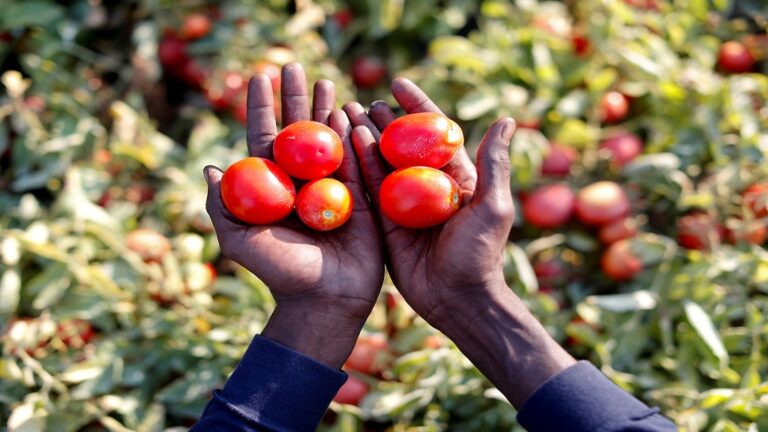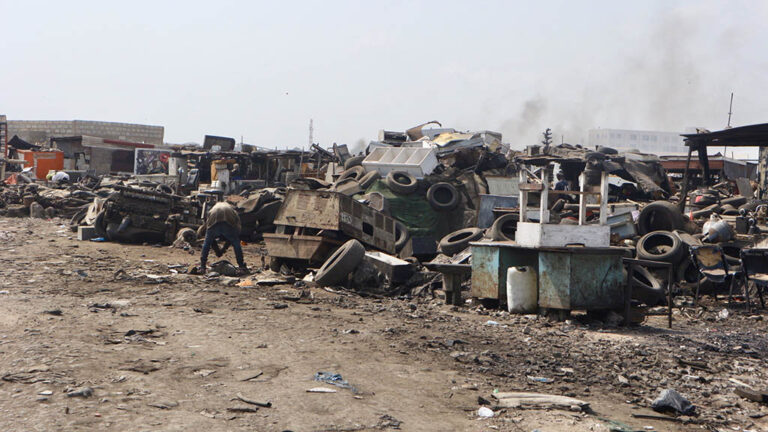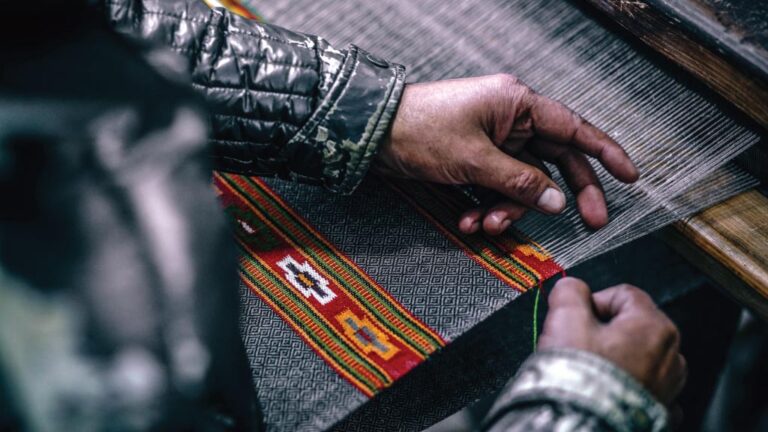
A Senegalese migrant worker displaying harvested tomatoes at an Italian tomato farm. Photo: Trafficking in Persons Office, Flickr
Av: Chiara D’Agni och Sofus Malte Rønberg
The agricultural sector in Southern Italy depends heavily on foreign labour forces coming from other EU member states or third countries. However, seasonal agricultural workers are more likely to experience violations of their rights. This is in order to reduce the producers’ wage costs as well as the prices charged to consumers in many countries including the Nordics.
27 april, 2021, English, Magazine, News article

Dr. Jeevan Baniya from the Social Science Baha Research Institute in Kathmandu describes the situation of Nepali migrant workers abroad as one of the main concerns of the country during the coronavirus pandemic. Photo: Jeevan Baniya/onlinekhabar.com
Av: Hanna Geschewski
Hundreds of thousands of Nepali migrant workers are directly affected by the ongoing coronavirus pandemic. To learn more about their precarious situation, FUF Magazine spoke with Dr. Jeevan Baniya, a labour and migration expert from Kathmandu.
1 juni, 2020, Article, English, Magazine

Machineries, household equipment, buses, generators and computers are among the things that get dismantled in the scrapyard. Photo: Johanna Caminati Engström
Av: Johanna Caminati Engström
Ghana is trying to deal sustainably with the increasing amounts of e-waste in the country. In the metal scrapyard in Agbobloshie, Accra, young men dismantle various machineries to obtain scrap parts. The working conditions are dangerous but many workers see the scrapyard as an escape route out of poverty.
3 mars, 2020, English, Long read, Magazine

Some 150 years after President Lincoln “freed” the American slaves, it is estimated that over 30 million people still live in slavery. Photo: Shealah Craighead/The White House.
Av: Fredrik Björksten
Thursday, January 1st 1863 was a bright and crispy day in Washington D.C. The sky was clear and the wind biting and dry, making the great magnolia trees sway back and forth on the White House south lawn. That morning, Abraham Lincoln got out of bed exceptionally early. He had so much to do, but […]
Läs mer »
10 april, 2019, Editorial, English, Magazine

Builders at Work. There are close to one million migrant workers in Qatar, mainly from South Asia. The majority work in construction. Photo: WBUR Boston's NPR News Station, Flickr.
Av: Åsa Setterquist och Hanna Geschewski
Many were shocked when FIFA announced their choice for the 2022 FIFA World Cup in Qatar. It is not only a wildcard in international football, but also notorious for the unworthy treatment of its many migrant workers. With only three years left until the first kick-off, not much seems to have improved.
10 april, 2019, Article, English, Magazine

Factory worker making clothes. Photo: Fancycrave, Unsplash.
Av: Vittorio Capici och Wooseong Kim
The Belt and Road Initiative (BRI) is one of the most ambitious transnational development projects ever implemented. However, many EU analysts and policymakers fear the changes that BRI will bring to the European labour markets. This article will bring you to Prato, a key centre for the Italian textile industry, where the Chinese immigrant workers have been hired under inhumane conditions for 40 years and where the Chinese government decided to invest once again.
10 april, 2019, English, Magazine, Opinion

A worker holding cacao beans. Photo: Thomas Cristofoletti/USAID, Flickr.
Av: Carolina Yang och Kathrin Hegger
Slavery that holds the longest history in agriculture, has transformed into various forms, and is still part of our daily lives. Child labor, a reality in the cocoa production in Côte d’Ivoire, gives a bitter aftertaste to the joyful treat of chocolate.
9 april, 2019, Article, English, Magazine

An elderly woman in domestic work, Mexico. Photo: Lorna Brooks, Flickr.
Av: Carlos Ranero och Charlotte German
The film ROMA portrays the life of an indigenous woman in Mexico and has sparked a debate about the working conditions for indigenous domestic workers in the country. Discrimination, violence and no working security are some of the risks that make up the daily work life for many of the marginalized women.
9 april, 2019, English, Magazine








